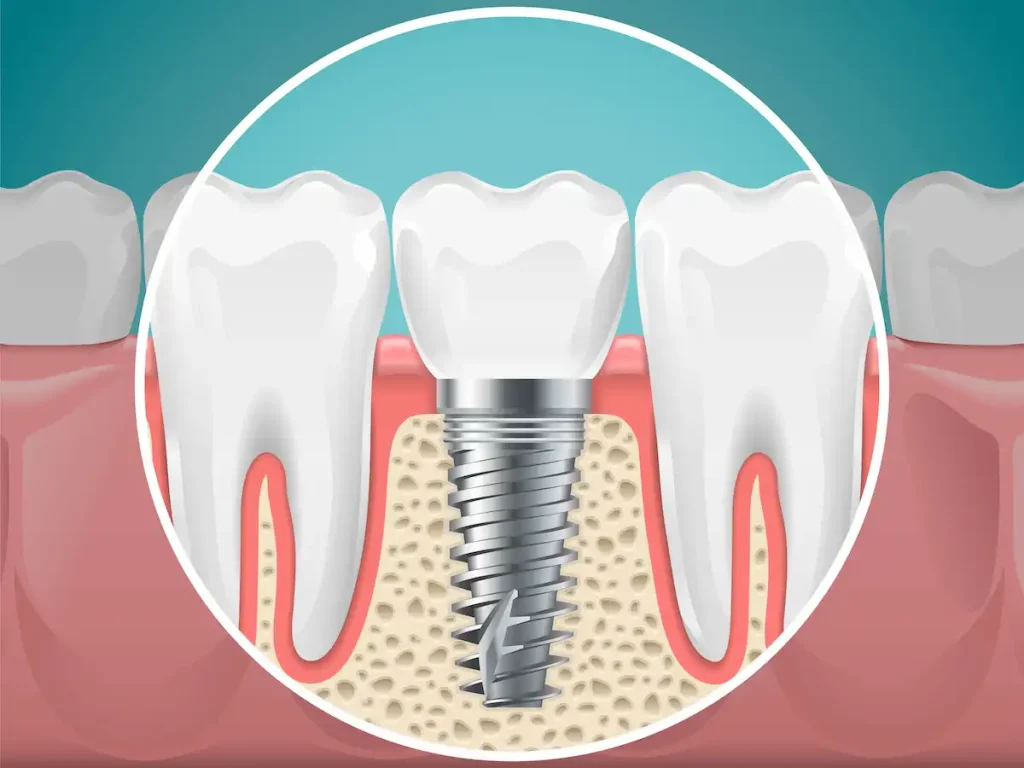





Slide 1
Slide 2
Slide 3
Slide 3
Simpsonville Location
634 Fairview Road, Building C
Simpsonville, SC 29680
(864) 967-4000
Victor P. Lebedovych, DDS
Oral and Maxillofacial Surgeon
Anderson Location
301 W. Beltline Blvd. Suite 301
Anderson, SC 29625
(864) 967-4000

